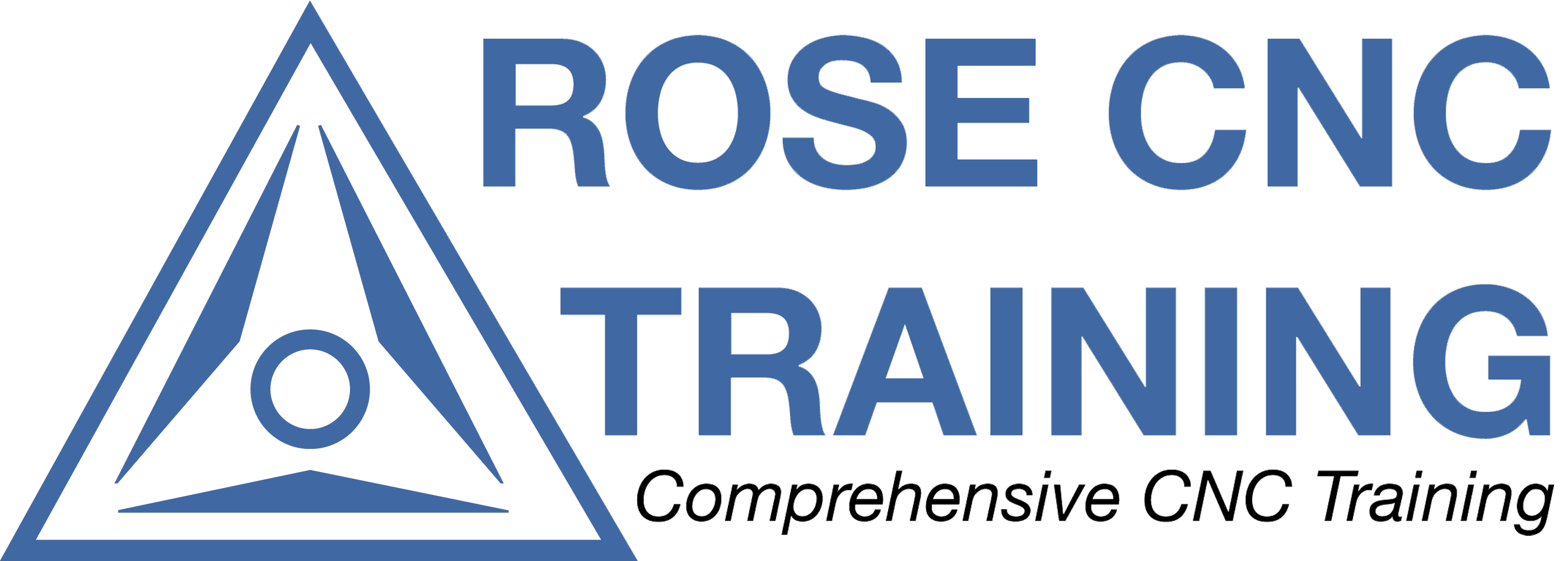Rose CNC Training Services
We are helping to change the way the manufacturing industry thinks about training.
Every employee can benefit from strengthening their CNC knowledge: from entry level to the most experienced employees.
We provide proven CNC curriculum and consulting so you can develop your own in-house training program to help develop your employees be the best they can be.
Train the Trainer
Training that works. We provide hands on and classroom instruction that is customized to your needs and delivered onsite at your company.
Curriculum
Customized materials that help companies and educational institutions build programs for manufacturing and CNC skill sets.
Experience and Innovation
Rose CNC Training Services are lead by Stephen Rose, an industry expert with over 30 years experience in the manufacturing industry. Steve had ran several successful manufacturing companies, worked in every aspect of machining from set up, programming, and machine tools sales and service. He has trained hundreds of people through private training, classroom instruction and through the use of his Comprehensive CNC training curriculum which is used by several community colleges.
Training
Classroom, one-on-one, train the trainer.
Programming
Providing solutions and programs for hard to solve parts.
CAD/CAM
Using the latest technology to make quality parts.



